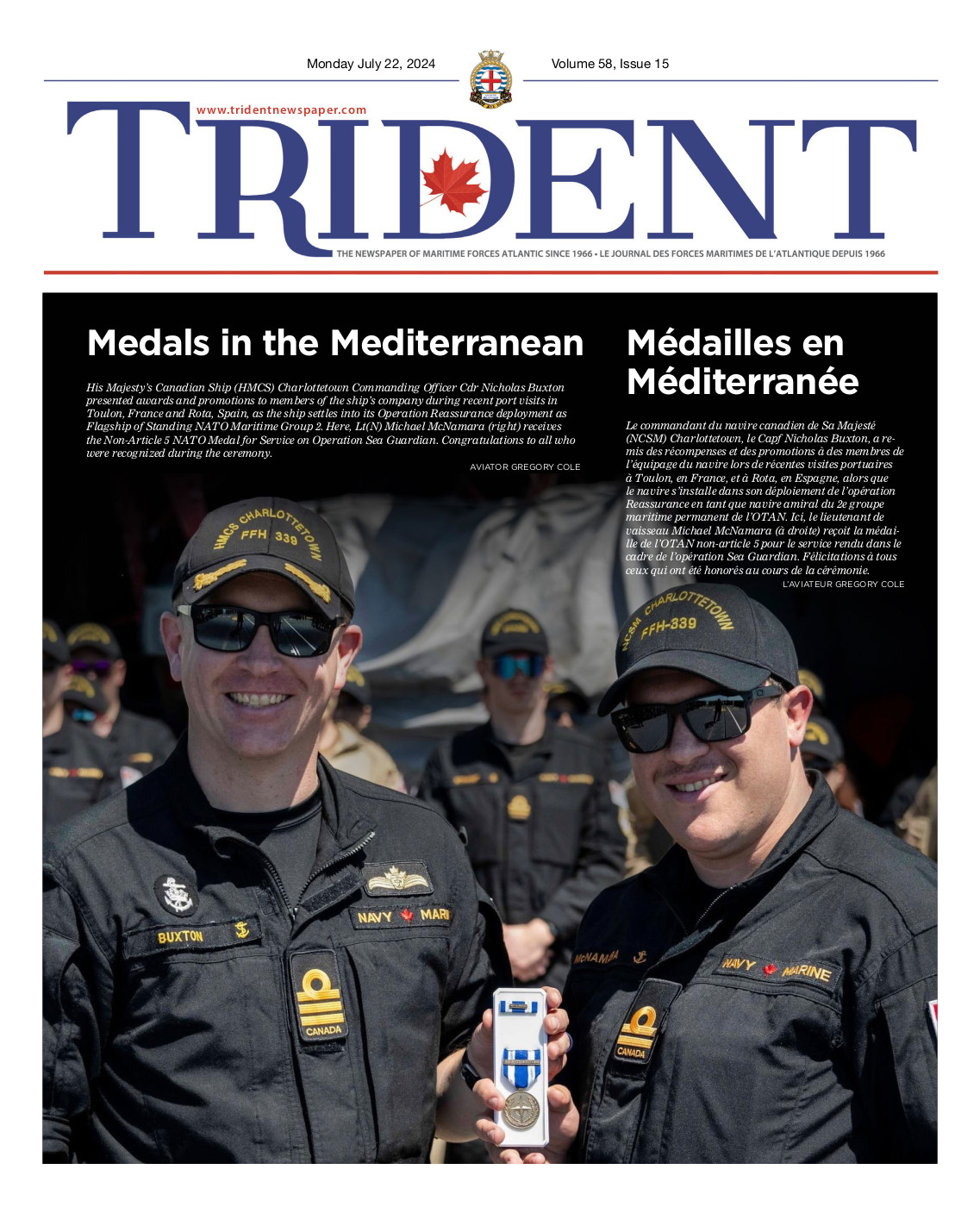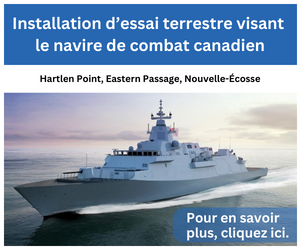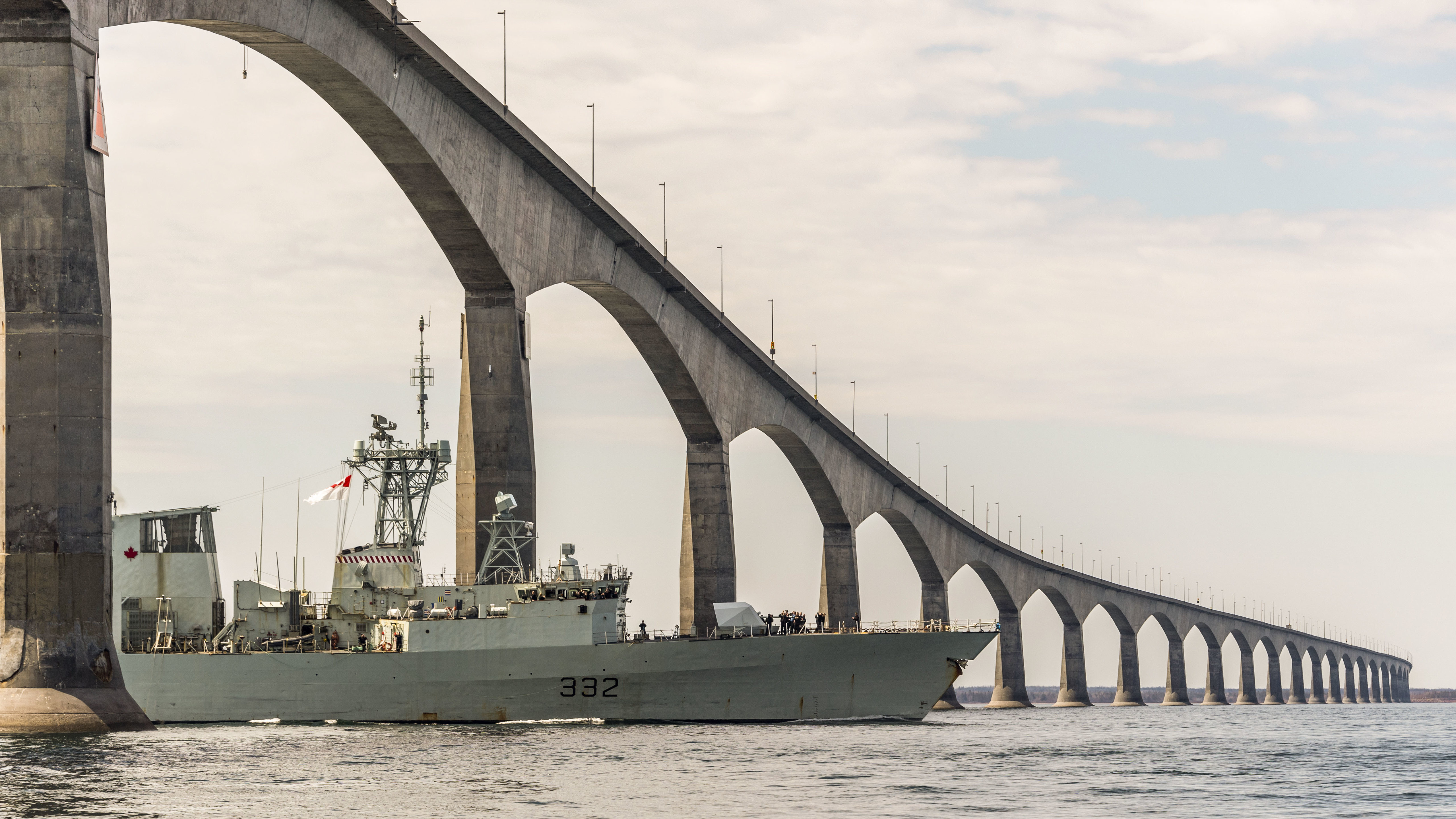
MCPL ANTHONY LAVIOLETTE, CAF IMAGERY TECHNICIAN
NCSM en focused on mental health of sailors
Par Ryan Melanson,
L’équipe du Trident
As one of two ready-duty ships on the east coast, HMCS en has taken extreme measures to ensure its ship’s company remains free of COVID-19, including the two-week hotel isolation period before heading to see in mid-April.
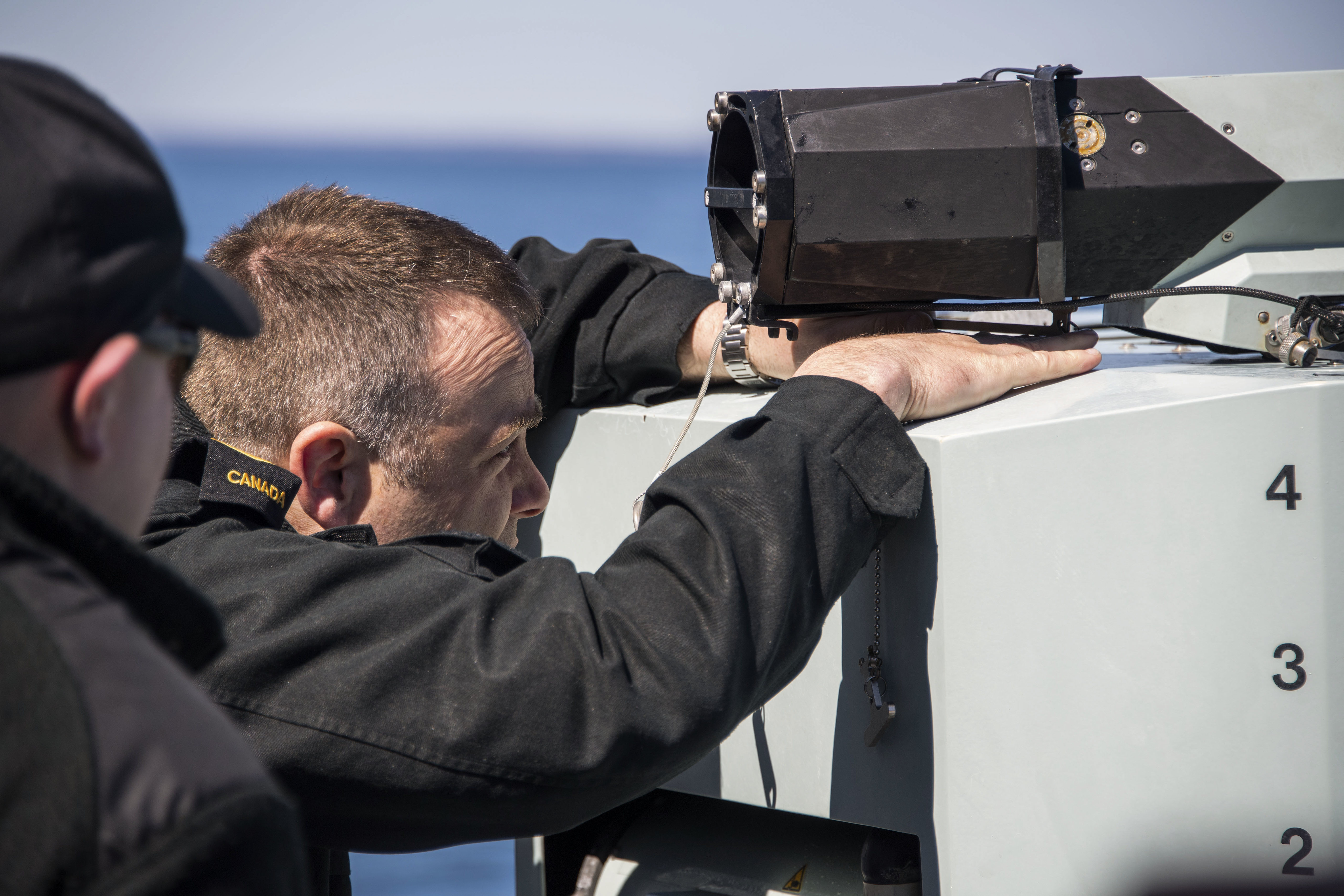
MCPL ANTHONY LAVIOLETTE, CAF IMAGERY TECHNICIAN
Keeping sailors physically healthy is obviously crucial to the ship maintaining its readiness, but with crew members separated from their loved ones during a difficult time, taking stock of the morale and mental health on board becomes increasingly important.
“It’s certainly the biggest concern I have day to day, is taking that temperature and trying to find new and innovative ways to negate those negative effects,” said Cdr Michael Eelhart, Ville de Québec’s commanding officer. Sailors have concerns about their family members and loved ones at home during the pandemic, some members personally knew victims of the shootings in the Portapique area, and all are coping with the tragic loss of their colleagues from HMCS Fredericton, as well as the news of the recent Snowbird crash.
While those who required it were given time to grieve, Cdr Eelhart said sticking to routine and keeping up with normal business at sea can be therapeutic for the crew. They’ve also made efforts to consistently plan fun or interesting activities for people to look forward to. Part of this has been the domestic presence operations the ship has been conducting over the past month, sailing to and anchoring near a number of Maritime communities, including hometowns of many of their sailors. en toured through the Bay of Fundy and Minas Bay on the first leg, sailing near Portapique in the days following the tragedy in that area, and proceeded to sail through the Northumberland Strait, making appearances off of Prince Edward Island, in Northern New Brunswick and up to the Gaspe region of Quebec. They used social media to announce their location and engage with communities when they passed by.
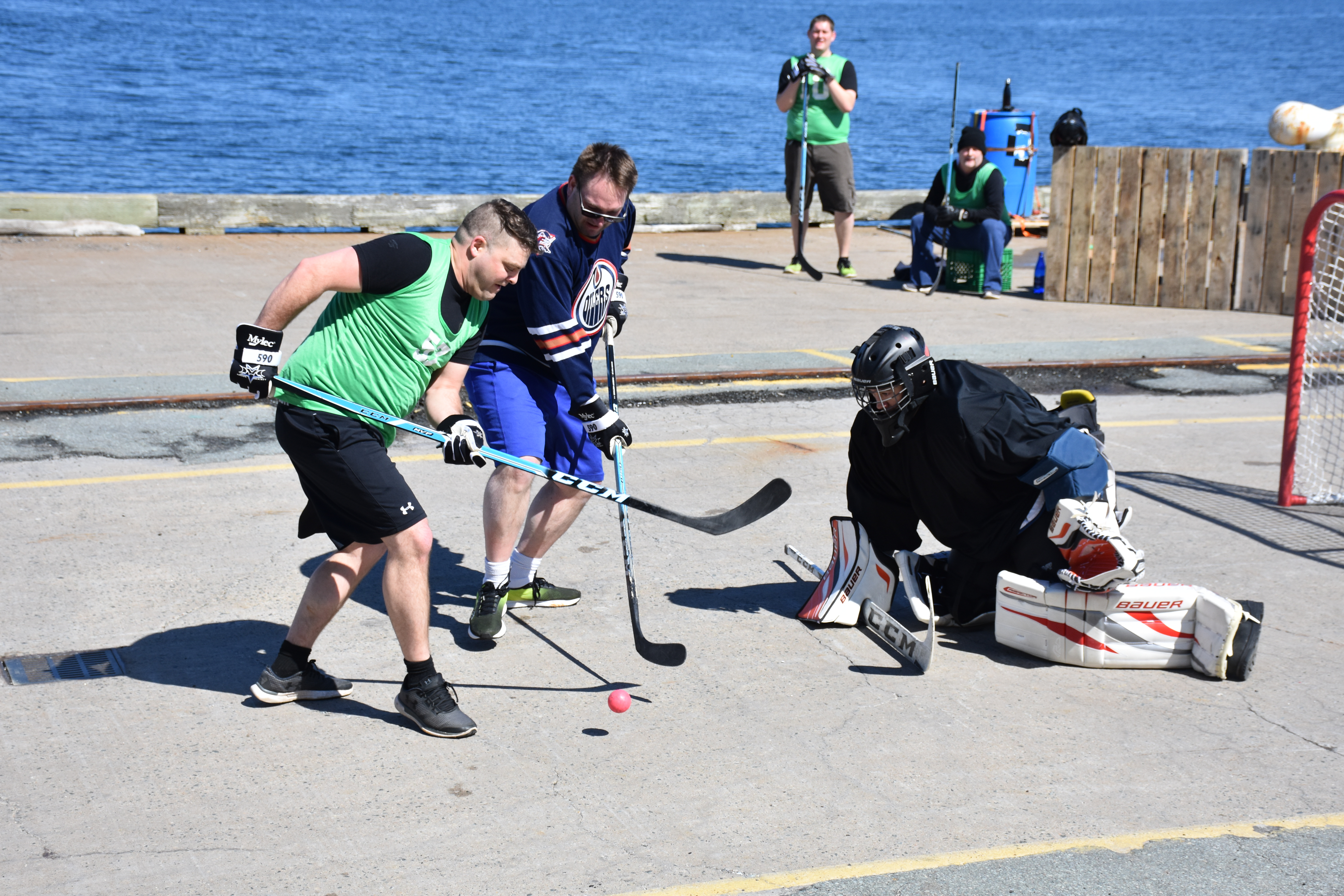
MCPL ANTHONY LAVIOLETTE, CAF IMAGERY TECHNICIAN
“We thought ‘Let’s try to connect with Canadians as best as we can,” Cdr Eelhart said.
“It was also a way to keep our sailors interested and engaged, maintaining their readiness at the same time, and keep them from getting overly bored doing the same old things each day.”
They’ve also tried to plan some fun when they come alongside, even if they can’t stray far from the ship. A sports day in early May saw members hold an all-day ball hockey tournament on Jetty NB, and for the May long weekend, they set up propane fireplaces and had a party with barbecue, s’mores, singalongs and karaoke.
“We tried our best to recreate a cottage weekend on the jetty. It was probably one of the best ship parties we’ve ever had.”
The original plan for en was to sail to Québec this summer for a docking work period. Instead, the ship will undergo a full crew change, with the current crew of HMCS St. John’s set to come aboard and continue as the ready-duty ship starting in August.
For now, the ship and crew, along with their colleagues in HMCS Moncton will remain ready to respond and make every effort to keep their sailors healthy. This now means any new crew member must undergo a two-week isolation period and be tested for COVID-19 before coming aboard, and any stores or other items coming from land are kept off the ship for about three days before being sanitized and brought on.
“It’s all part of the preventative measures we’re taking. Our day-to-day running at sea is relatively normal, but our interaction and the interface between the ship and the shore is incredibly abnormal,” Cdr Eelhart said.

